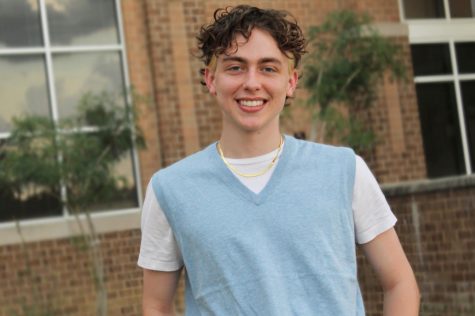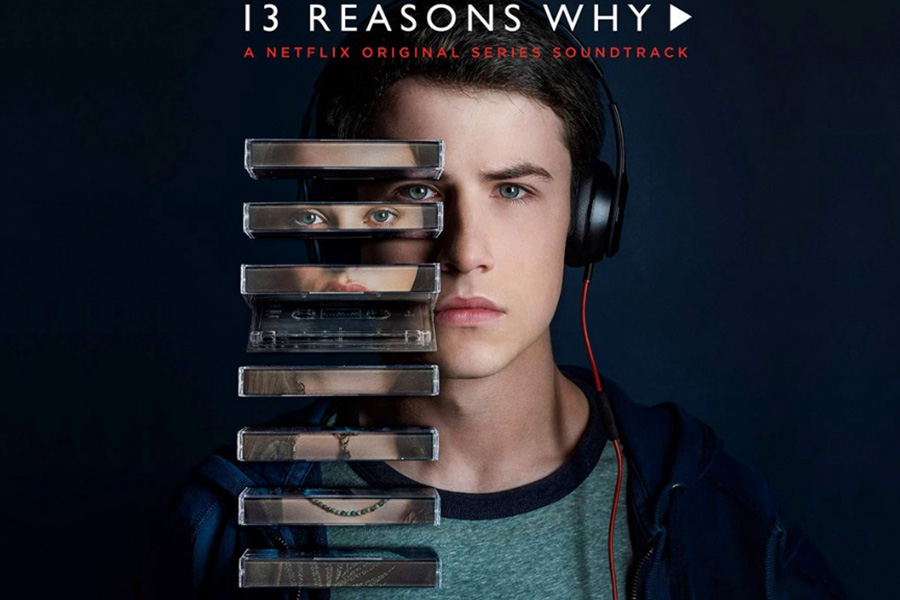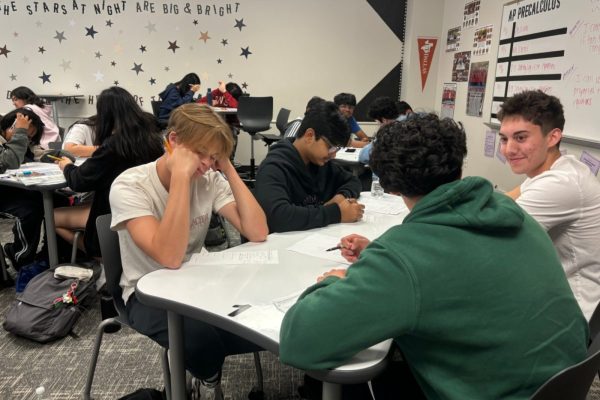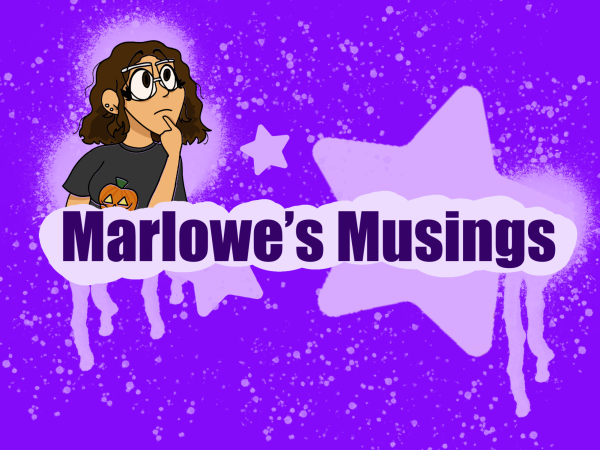Opinion: 13 Reasons Why to watch season two
Warning: this post contains sensitive content regarding the content of the TV show “13 Reasons Why.” Reader discretion is advised.
13 Reasons Why, whose first season aired in March 2017, garnered controversy yet again with its second season that was aired on May 18.
Warning: Below are 13 Reasons Why spoilers and mention of mature or sensitive content. Viewer discretion is advised.
When the first season of Netflix’s 13 Reasons Why was released March 31 of last year, many called into question if the creators presented the sensitive teen-drama in the correct way. Following a student named Hannah Baker and her recorded reasons why she took her own life, the show’s intention was to open up a dialogue about suicide, mental health, sexual assault, and much more, while also being met with expected controversy.
The second season begins five months after Hannah’s death and introduces the aftermath of her choices. It is announced that the trial of the Bakers vs. Evergreen School District’s Liberty High School was to begin, which comes as a surprise to many characters, as a trial was not expected to actually happen.
Throughout the 13 episodes, a testimony from either students at the school or Baker’s parents is presented. Each side’s attorney tried to prove or disprove the other through questions that either blamed the school or those on or involved in the tapes. In episode 12, the anticipated verdict holds the school not responsible; by the “handbook,” the administration did everything they could to help Baker.
Although the trial is essential to the plot, it is important to pay attention to the events occuring outside of the courthouse; incidents at the school, in the town, inside the homes of the very people involved. Those who are trying to tell the truth are punished by their peers through threats and intimidation, but the ones who lie to save their own skin are praised beyond compare.
Characters like Jessica Davis are shown struggling with their sexual assault stories; do they move on or share what happened to them in hopes that something will actually be done? Towards the end of the season, a harsh reality is revealed as Davis takes her rapist, Bryce Walker, to court only to see a three-month probation as punishment.
In addition, haunted by the guilt of knowing he could have stopped his ex-girlfriend from being sexually assaulted, the character Justin Foley is revealed to be living on the street and addicted to heroine. In the end, he is charged with accessory to rape for failing to report the sexual assault.
The character of Alex Standall has his separate hardships as he deals with his own attempted suicide that was revealed in season one. He suffers from brain damage and must recover; walking with a cane and physically impaired.
The show also displays how one of the main characters, Clay Jensen, is affected by losing his first true love. Throughout the season, scenes between him and the Hannah in his head are presented to show his difficulty with moving on. The conflict ends during the last episode when he finally lets her go while speaking at her funeral.
It isn’t until the final episode that the season gets the most uncomfortable as well as important to watch. Taking place a month after the previous episode, a reoccuring and often bullied character by the name of Tyler Down returns from a rehabilitation program mandated by the Liberty High principal and is attacked by a group of jocks in the bathroom and sexually assaulted.
The creators have since received backlash for how graphic the scene is; but is that not the point? For a show like this to be effective, there needs to be scenes that are disturbing to watch in order to display the sad truths that occur throughout our nation’s high schools.
As a result, Down seeks revenge. Earlier in the series, the character’s possession of multiple guns is shown and can now be seen as a foreshadow to his intention in the last few scenes of the season.
It was the night of Liberty High’s “Spring Fling” dance that Down decided to make his life-altering, possibly ending, choice to shoot up the school. At face-value, this may look as though it is okay to lash out impulsively as long as something tragic has happened to you. But, like almost every aspect of this show, you must look deeper.
You must ask yourself if something horrific happens to you, are you exempt from the law to do something that is also destructive?
Even though Down was brutally assaulted, it does not justify his intentions or actions to shoot up a school. Two wrongs do not make a right. Two negatives do not make a positive.
His mental and physical state should have been protected by the school during his return back to school. This displays that even throughout the trial and attention the school had received for not effectively helping to protect their students, they still fail to be aware of assaults on students and the school itself.
13 Reasons Why is harsh, but so is the reality of what the American education system looks like; whether that be the schools themselves or the students attending.
13 Reasons Why is graphic, but so are thousands of Hollywood movies based on fight scenes, weapons of mass destruction and saving the world from doom. This show only comes as more of a shock because of how real it is; the direct result of stigmas placed on the discussion of sexual assault and mental health.
13 Reasons Why is important. It is needed in order to open up conversation so events like the ones in the show do not continue to happen.
For anyone in need of additional resources in regards to this column or the TV “13 Reasons Why”, the following links may provide useful information:
https://www.youtube.com/watch?v=efEvNBqHXEA&feature=youtu.be
https://www.nasponline.org/resources-and-publications/resources/school-safety-and-crisis/preventing-youth-suicide/13-reasons-why-netflix-series-considerations-for-educators/13-reasons-why-netflix-series-considerations-for-educators
https://www.commonsensemedia.org/tv-reviews/13-reasons-why
https://afsp.org/wp-content/uploads/2017/05/TipsForParents_2017.pdf

Aaron Boehmer is a senior and in his fourth year of working on the Wingspan staff, third as an editor. Aaron is hoping to study journalism or political...








